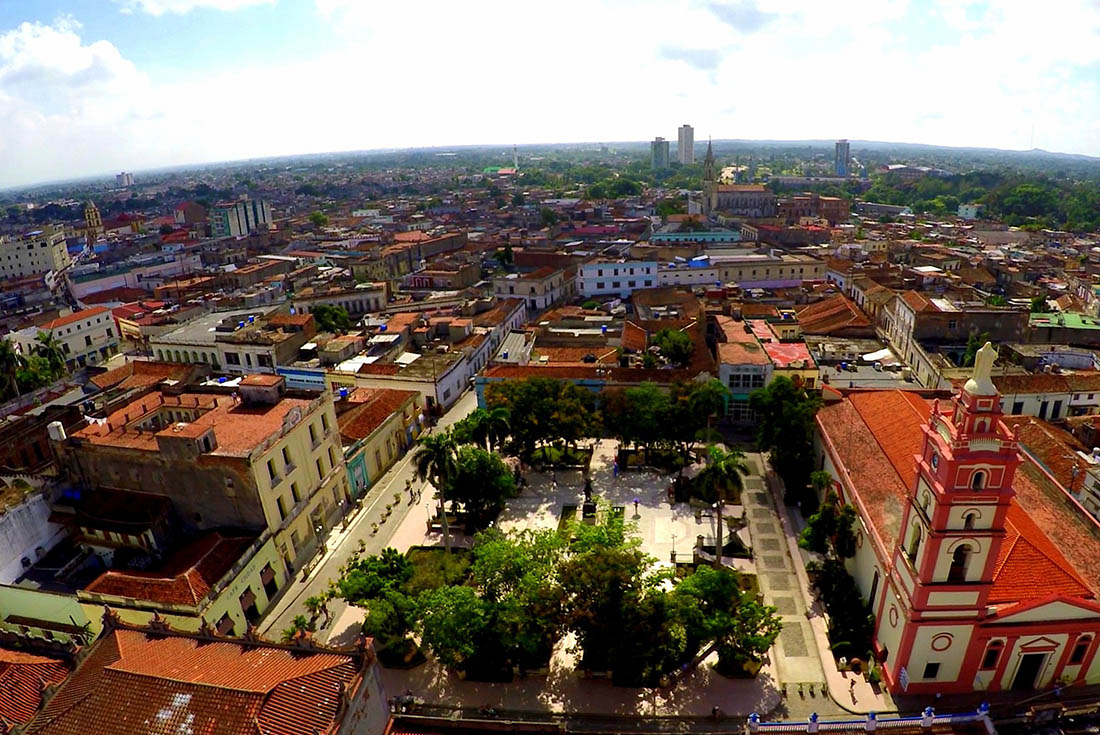International World Heritage Day, which is celebrated every November 16th, is a very important date; because it aims to make visible and motivate actions in pursuit of the protection, care and preservation of all natural and cultural sites that exist on the planet.
World Heritage are those natural and cultural assets that exist in the world and are part of the wealth and heritage of all humanity. Hence the importance of their safeguarding, as they constitute essential pillars for the recognition and defense of identity; and therefore of the sovereignty of each nation.
According to UNESCO, World Heritage includes Cultural and Natural Heritage, as well as Mixed Properties; classifying them as follows:
- Monuments, cities, urban landscapes, paintings, sculptures, archaeological sites.
- Cultural manifestations of the towns such as music, dance, traditional festivals, crafts, gastronomy, different languages, etc.
- National Parks, ecosystems, glaciers, tropical forests, caves, coral reefs, fauna and vegetation, mountains, etc.
Meanwhile, Mixed Properties are places that have an exceptional value for combining natural heritage and cultural heritage. A clear example of a mixed property is the Machu Pichu Sanctuary in Peru.
No breaks…
The work in order to safeguard and enhance the heritage does not stop, being multifaceted and multisectoral, based on the very nature of the matter and the implications of the issue. In our country actions and strategies have been intended for several years to this end, leading in these processes the Offices of the Historian and the Conservator, created in the main Cuban historical cities: those founded by the Spanish colonizers and that have witnessed the sociocultural, political and artistic evolution of the Island.
A name in this article is essential, if it is about conservation, restoration, defense and honoring the national heritage: that of Dr. Eusebio Leal Spengler, whose life work was based on dignity, the rescue of historical memory and the cultural heritage in the Greater Antilles.
The Historic Center of Camagüey city was inscribed on the World Heritage List as Cultural Heritage of Humanity, after its inclusion was approved on July 7th, 2008, at a meeting held in Quebec, Canada. The criteria by which it was included, are eloquent of the cultural richness settled and enriched for more than 500 years in the former Santa María del Puerto del Príncipe town; these are:
Criterion IV. An exceptional example of an architectural ensemble illustrating a significant historical period.
Criterion V. An exceptional example of a traditional human habitat, representative of a culture and its interaction with the environment.
Pride, responsibility, sovereignty…
Our heritage is also an indissoluble part of world heritage, beyond recognition, without this idea trying to diminish the weight of those sites declared as such by UNESCO, thanks to their exceptionality; If not the opposite.
Each element of the local heritage: intangible or tangible, natural or mixed; it becomes a source of pride, inasmuch as it constitutes an expression of what we have been able to create and preserve; also an opportunity from where to grow and generate wealth. Nothing in matters of cultural heritage should be labeled as “insignificant”, since the passing of time, as we have seen so many times happen in art, can bring with it changes in contexts from which to revalue certain phenomena.
The knowledge and recognition of who we are as individuals, as a human community, is another core issue that is of vital importance in the preservation of heritage and the dissemination of the values associated with it. The better we know where we come from, what traditions we are heirs to and what paths we have forged as a nation; it will be more difficult to take us for a ride or to be had.
Translated by: Aileen Álvarez García






